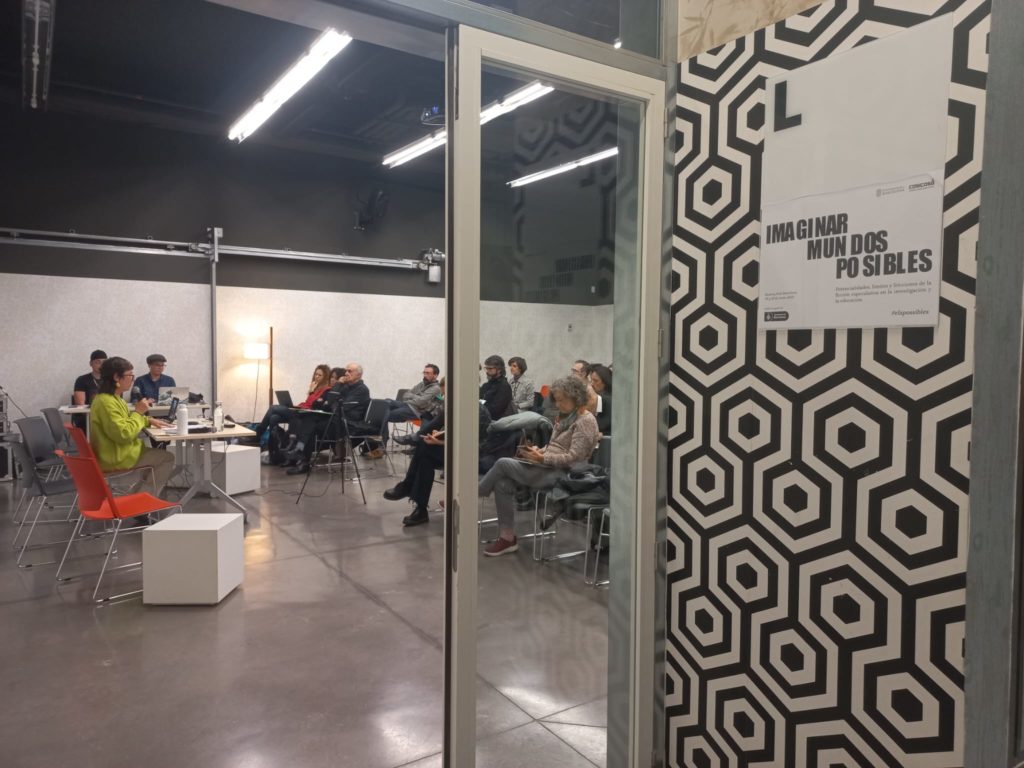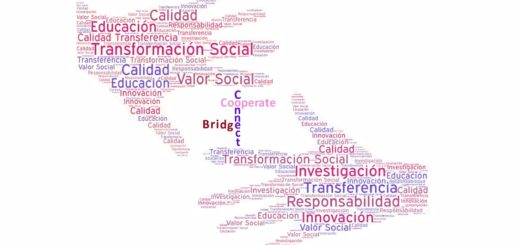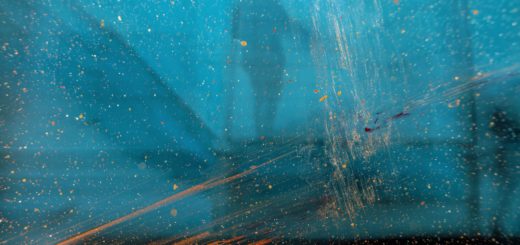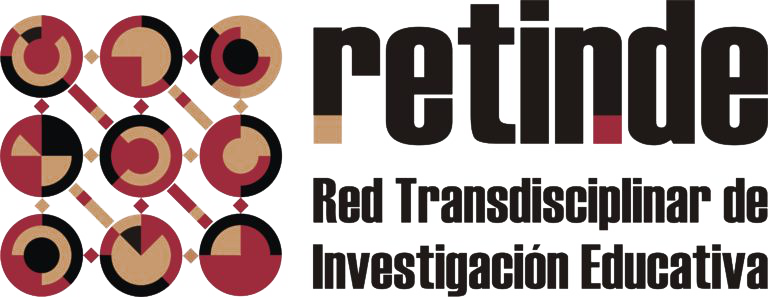Speculative fiction in school education or the need to imagine what is yet to come to rethink pedagogical relations in the present
Thinking about education from a prefigurative politics
It matters what subjects we use to think about other subjects;
it matters what stories we tell to tell other stories;
it matters what knots knot knots, what thoughts think thoughts,
what descriptions describe descriptions, and what ties link ties.
It matters what stories create worlds and what worlds create stories.
(Haraway, 2019, p. 35)
The OECD and UNESCO reports as a starting point
Our first approach to imagining futures came from the OECD’s 2001 report “Schooling for Tomorrow. What Schools for the Future? In it, its authors posed three questions that guided the way forward in thinking about what is to come: What will the schools of the future look? What major trends most influence the shape of education, and how might they develop in the coming years? What policy issues need to be addressed today to open up desirable pathways to the future? They then look at what is happening now: Fewer children, international and national inequality, the state of the global economy, the need to work fewer hours so that more can work, the spread of the WWW and the decline in social interaction. Four future school scenarios are outlined: a) Bureaucratisation, b) the revalorisation of schools, c) the under valorisation of schooling, and d) the System Collapse. In addition to its contributions, this report taught us a working methodology for prefiguring futures: taking information on certain areas of the existing reality, relating it to different variables and making projections for the future. This approach is inspired by that developed in the Club of Rome report “The Limits to Growth” (1972).
This model of analysis is also reflected in the UNESCO report “Reimagining our futures together” (2021). It starts with three questions: How much progress have we made in education in the last 30-50 years? What is the current state of education? And where should we change course more quickly while looking to the long-term future? These questions are transferred to study partners in the countries that make up UNESCO, and a diagnosis in which four emerging ruptures and transformations are detected: A Planet in Peril; The Digital Divide Connecting and Excluding; Democratic Regression and Growing Polarisation; and The Uncertain Future of Work. From the data provided on these four axes, six measures are proposed to renew education and support a new social contract for education to reimagine our futures.
These two reports follow a logic of rationality that, based on certain questions, are supported by evidence from studies and expert opinions and, based on these, project scenarios for the future. These scenarios allow us to learn and make decisions. But what if, instead of following this process of prospective research, which is determined by the starting questions and by a form of analytical rationality, we try, as Rancière suggests, to design new configurations of what is visible, speakable and thinkable; and, for this very reason, a new landscape of the possible.
But on condition that we do not anticipate its meaning and its effect (Rancière, 2010, p. 105 paraphrased). What if instead of establishing in advance the path we are going to travel, we imagine futures from openness to the unknown and the unexpected and challenge what is currently considered valid (Borgodorff, 2007, p. 14). These questions were the ones we explored in the seminar “Exploring speculative fiction to imagine the possible” in the PhD in Arts and Education at the University of Barcelona.
Exploring speculative fiction to imagine the ‘possible’ in school education and social research
This seminar opened doors to ask ourselves what speculative fiction allows us to think about and explore other ways of approaching the research we carry out in the doctoral programme and the Esbrina research group. We will take some ideas circulated in these thinking places to situate what we will introduce in the third part of this text: how speculative fiction can be embodied in the classroom not to represent worlds but to create them.
In the seminar, we considered speculative fiction a way to question notions of truth that constitute reality, knowledge and subjectivity. We open the door to trace a genealogy in which the new ontologies (which embrace a different way of thinking about the human, the non-human and the post-human, the affections, the new materialisms) intersect with fictional research. As well as to respond to the need to generate alternatives to the GAFAS (Google, Amazon, Facebook, Apple,… ) that currently control, to a large extent, the imagination of possible worlds in education. All this to question teaching and social research as a predetermined and predictable path.
With this background and purpose, we saw that approaching speculative fiction allows us to question realistic objectivity and create worlds to give other meanings to things. Moreover, it shows other ways of imagining, doing and being. In short, other ways of thinking. Speculative fiction is a form of expression and a way of politically thinking-naming the present. Fiction is not to imagine the future but to address the pains of the present. But, above all, it invites us to liberate the imagination. And this involves beginning to think outside established frameworks. For as bell hooks (2022/2010) says, “what we cannot imagine cannot come to be” (p.77) and “imagination is one of the most powerful forms of resistance that oppressed people can and do use” (p.79).
Speculative fiction moves away from the familiar and, in doing so, allows us to step outside modernist, humanist, anthropocentric and realist frames of reference to “question the ontological basis of realities” (Melzer, 2006, p. 6). Through the construction of possible future worlds, these fictionalised texts enable imaginative responses to current crises and provide a valuable resource for critical enquiry and theorising. As Braidotti (2015), speculative fiction can allow us to lose our habits of thought and thus open the way for alternatives.
Atwood (2011) describes speculative fiction as stories that imagine “other worlds situated somewhere apart from our everyday” to “free the human imagination” and push it to its limits (pp. 8, 41, 62). The estrangement of the familiar could do Atwood’s invitation to question the ontological bases of reality and to be able to think of them from another place. Rosi Braidotti’s (2019) concept of ‘figuration’ can help us in this endeavour. Figurations are multi-layered dramatisations that enable power analysis and provide forms of resistance. They are processual works in progress and not just ideas or symbolic images. Therefore, figurations can be used to create alternative images of the ethical subject as a dynamic and constantly changing entity continually reconfiguring itself through embodied encounters with others. Let us see how these considerations are concretised in three examples.
Three examples of bringing speculative fiction into education
“A Public University Futures Collaboratory” (Nissen et al., 2020) is an example of how speculative fiction has being brought to the university. In this project, a public university build an interdisciplinary, cross-functional initiative to explore the future. The end of this action was to be more prepared for the future, more resilient, and build a resource for the university and the community. The “Futures Collaboratory” project was carried out at a public, urban university in Portland in the 2019-2020 academic year. The project aimed to ensure that the university benefited from efforts to democratise foresight activities while taking practical steps to navigate our systemic volatility, uncertainty, ambiguity and complexity. In addition, particular attention was given to the role of equity and social justice in the future of higher education and the tools and resources needed by the university to build liberating futures.
A second example (de Freitas and Truman, 2020) concerns using speculative fiction texts to rethink empiricism in post-human ecologies of the Anthropocene amidst conditions of post-truth and increasing science denialism. Here, speculative fiction opens up scientific imaginaries, rethinking the relationship between nature, technology and the creation of human ‘meaning’. The speculative fiction texts collected in this article offer alternative images of research methods for studying pluralistic ecologies and new forms of belonging in the world. We also see that SF stories often raise questions of mutation, metamorphosis, haptic encounters, alien genesis, coupling, reproduction, breeding, permanence and belonging to worlds at different end times. Each novel with which de Freitas and Truman (2020) engage in dialogue posits different visions of species-centred images of life and survival, challenging the white, heteronormative images of coupling, reproduction and sexuality tacitly endorsed by our Western nature cultures.
Finally, the master’s thesis “Through Critique and Beyond: Speculative Fiction as a Tool of Critical Pedagogy” (Thorne, 2021) raises the possibility of rethinking futures through speculative critical studies in education that have the potential to set the radical imagination in motion. To this end, texts that depict pessimistic visions of the future are not taken as such narratives risk reinforcing inequality, especially concerning colonial injustice. As an alternative, the author proposes, from a radical imagination, to develop hopeful futures shaped by themes such as connection, agency, community and individual flourishing. She also proposes using texts related to the genres of hope punk, solar punk and visionary fiction as models of hope-based storytelling that imagine a more just society and more liberating education and learning.
To continue the conversation
What we propose, and continue to work on with a group that came out of the conference, is to use speculative methods to reflect on the possible trajectories of current technologies and take the diagnosis of the present as a starting point for imagining other present futures. We believe that by imagining the future, we deepen our understanding of where we are as a starting point for this moment and those possible futures.
References
Atwood, M. (2011). In other worlds: SF and the human imagination. Doubleday.
Borgdorff, H. (2012). The Conflict of the Faculties: Perspectives on Artistic Research and Academia. Leiden University Press.
Braidoti, R. (2015). Lo posthumano . Editorial Gedisa.
Braidotti, R. (2019). Post-human knowledge. Polity Press.
de Freitas, E., Truman, S. E. (2020). New empiricisms in the Anthropocene: Thinking with speculative fiction about science and social inquiry. Qualitative Inquiry. https:// doi. org/ 10. 1177/ 10778 00420943643
Graeber. D. (2019). Fragmentos de una antropología anarquista. Virus Editorial.
hook, b. (2022/2010). Enseñar pensamiento crítico. Rayo Verde.
Melzer, P. (2006). Alien constructions: Science fiction and feminist thought. University of Texas Press.
Nissen, L., Appleyard, M. M., Enders, J., Gómez, C. C., Guzman, A., Mudiamu, S. S., & Mullooly, S. C. (2020). A Public University Futures Collaboratory: A Case Study in Building Foresightfulness and Community. World Futures Review, 12(4), 337–350. https://doi.org/10.1177/1946756720976709
Ouviña, H. (2013). La política prefigurativa de los movimientos populares en América Latina. Hacia una nueva matriz de intelección para las ciencias sociales. Acta Sociológica, 62, 77-104.
Rancière, J. (2010). El espectador emancipado. Manantial.
Thorne, S. (2021). Through Critique and Beyond: Speculative Fiction as a Tool of Critical Pedagogy. Master’s Projects and Capstones. 1288. https://repository.usfca.edu/capstone/1288

Authors:
Fernando Hernández-Hernández and Laura Malinverni
University of Barcelona, Esbrina Research Group






